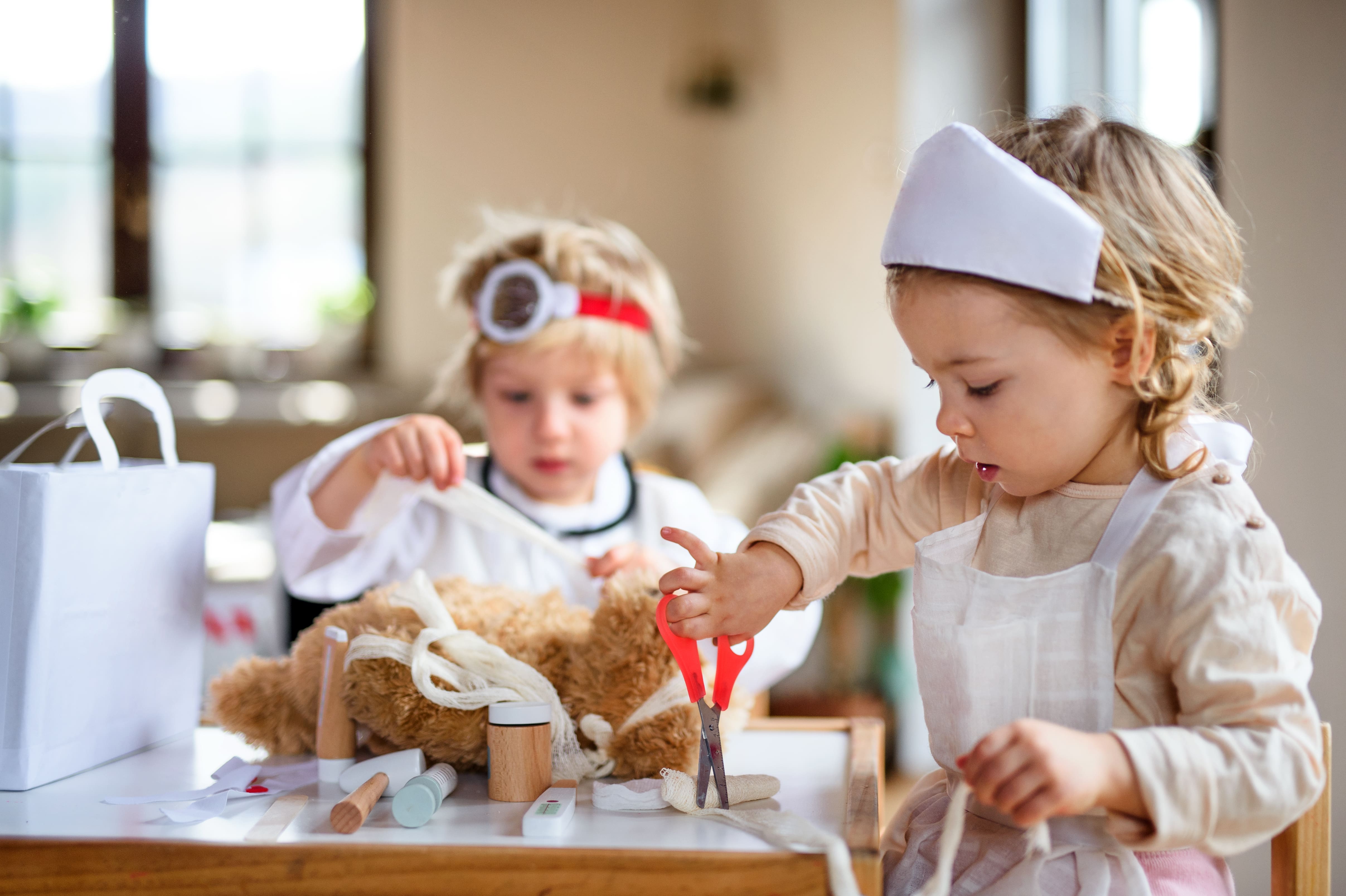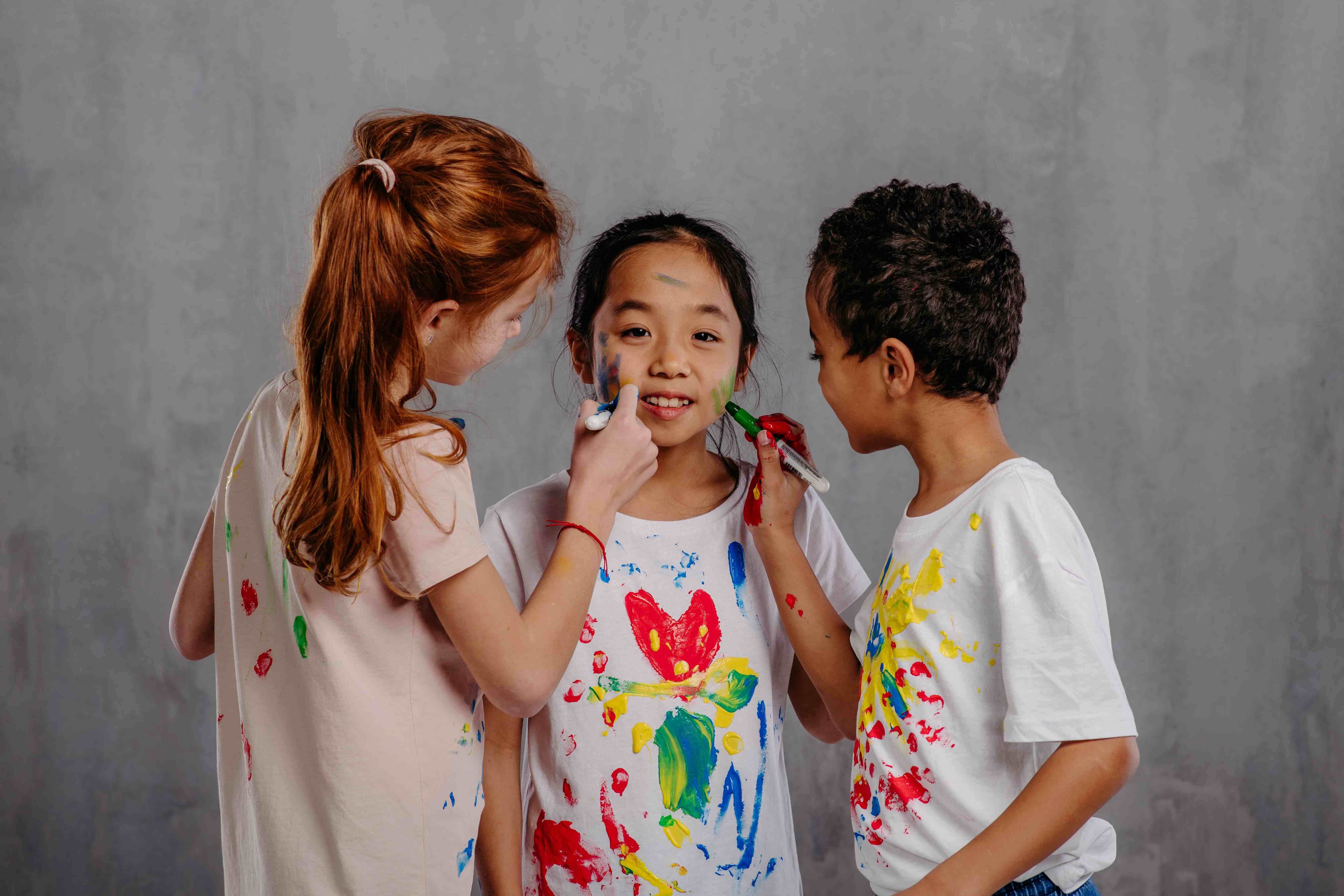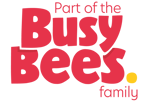Discover how child-led learning in the BeeCurious Curriculum nurtures children's curiosity, deepens engagement, and strengthens connections with educators and families.
As parents, we want our children to be excited about learning, to discover the world around them with curiosity and joy. But how can we foster this enthusiasm in a way that nurtures their natural interests and abilities? At BrightPath, we believe the answer lies in a child-led learning approach. This blog explores how we implement child-led learning using the BeeCurious Curriculum, the benefits it brings to children, and how families play a crucial role in supporting this journey.
What Is Child-Led Learning?
Child-led learning is all about tapping into the child’s natural interests, curiosity, and skills. Rather than following a rigid, pre-set plan, we embrace flexibility by observing and responding to what fascinates each child. Our educators focus on forming strong relationships with the children, spending time on their level and engaging with them directly. This close connection helps educators understand each child's unique learning style and interests, allowing them to create meaningful learning experiences that spark deeper exploration.
In a typical classroom, you might see children working on projects that reflect their current fascinations within our overarching Study topics; whether it's building intricate car washes or creating elaborate zoo environments. Our educators are right there with them, asking questions, offering new materials, and encouraging them to take the next step in their learning journey.
Real-World Examples of Child-Led Learning
One of the most powerful aspects of child-led learning is the way it fuels engagement. Take the example of a child in our community study who became fascinated with car washes. Rather than diverting the child to another activity, our educators supported this interest. The child brought in materials from different areas to build a car wash, and together, they explored how car washes work, discussing the mechanics, the water supply, and the function of each station.
This hands-on exploration not only deepened the child's understanding of car washes but also allowed them to connect personal experiences from outside school (a weekly visit to the car wash with Dad) to their learning. Families even contributed to the project by sharing photos of the car wash on their next visit, further enriching the child’s learning experience.
Balancing Guidance and Autonomy
You might wonder how educators can give children freedom while still ensuring they meet developmental goals. Here at BrightPath, this balance comes from knowing each child deeply, their personality, temperament, and skills. Our educators are experts at guiding children in a way that feels natural and empowering. As well, we incorporate the process of child led learning alongside standardized learning programs.
For example, if a child is interested in building structures, an educator might place new materials nearby and ask, “I wonder if we could add some of these materials to your creation?” or “Can you help me build something like yours with this?” These open-ended questions and gentle nudges encourage children to explore new concepts and materials while maintaining their sense of ownership and creativity.
The Impact of Autonomy on Learning
When children have autonomy in their learning, the results are profound. Learning becomes immersive, and the children are more likely to delve deeper into subjects that interest them. Returning to our car wash example, the child’s engagement led to a more complex understanding of mechanics; how cars move, how water is used, and the purpose of each station. This kind of exploration wouldn’t be possible in a more structured, teacher-led environment.
By allowing children to lead, we see a richer, more meaningful learning experience that not only builds knowledge but also fosters problem-solving skills, critical thinking, and creativity.
Addressing Challenges in Child-Led Learning
One of the challenges educators face in a child-led environment are those spontaneous discoveries children make that warrant deeper investigation and may affect the daily routine. This takes careful navigation and intentionality to circle back to in order to ensure that interest is continued. In conjunction, educators also support the acquisition of developmental milestones by closely observing children’s “a-ha” moments and using these observations to shape individualized lesson plans.
Using the BeeCurious Curriculum, educators are consistently documenting children’s progress and linking their interests to developmental standards. This allows us to create personalized portfolios for each child, showcasing their growth and learning over time.
Involving Families in Child-Led Learning
Families play an essential role in the child-led learning process. At BrightPath, we actively involve families by explaining how this approach is an individualized part of our broader curriculum. We often ask families for insights into their child’s interests at home and encourage them to share experiences that could inform classroom activities.
For example, if a child becomes fascinated with zoos, we might ask their parents about recent trips to the zoo or zoo-related shows the child has watched. These shared experiences can be woven into classroom projects, deepening the child's connection to their learning. By including families in this process, we not only enhance the child's learning experience but also strengthen the relationship between school and home.
Tailoring Child-Led Learning to Individual Needs
Child-led learning isn’t a one-size-fits-all approach. Each child is unique, and our educators take the time to tailor activities to fit different learning styles and developmental stages. For instance, if a child has sensory sensitivities, we might adapt a messy activity by offering gloves or providing noise-canceling headphones if the environment is too loud. Similarly, activities are designed with varying levels of challenge to ensure each child can engage in a way that meets them where they are developmentally.
In nonverbal classrooms, educators carefully observe where children spend their time and the types of activities they gravitate toward. By paying close attention to these behaviors, and by talking with families, we can uncover the child’s interests and adapt learning experiences to support their growth.
Final Thoughts
Child-led learning is a powerful tool that nurtures a child’s natural curiosity, engages them in deeper learning, and fosters creativity and independence. At BrightPath, we are proud to create an environment where children’s interests take the lead, supported by skilled educators and engaged families. Together, we can help your child grow into a confident, curious learner ready to take on the world.
For families interested in learning more or sharing their experiences, we encourage you to reach out and be a part of this exciting journey!







